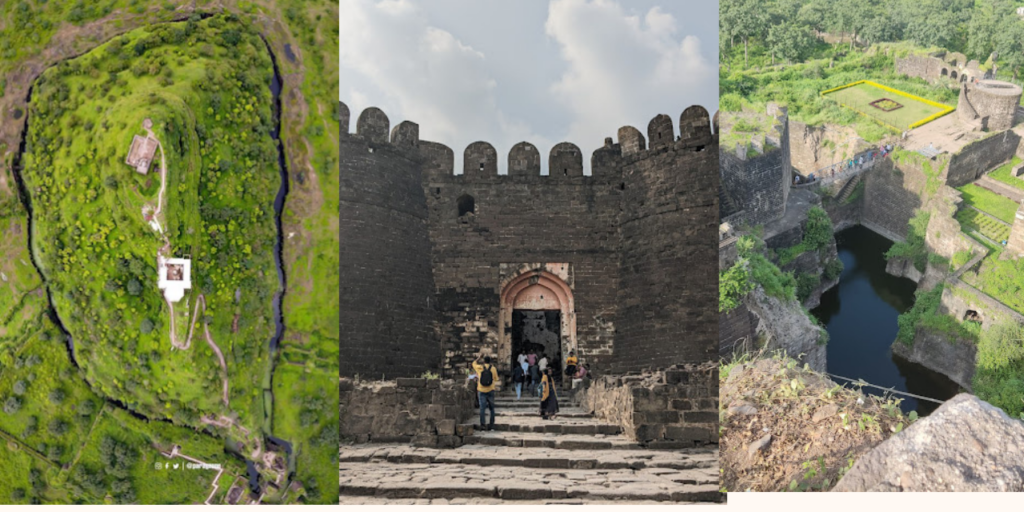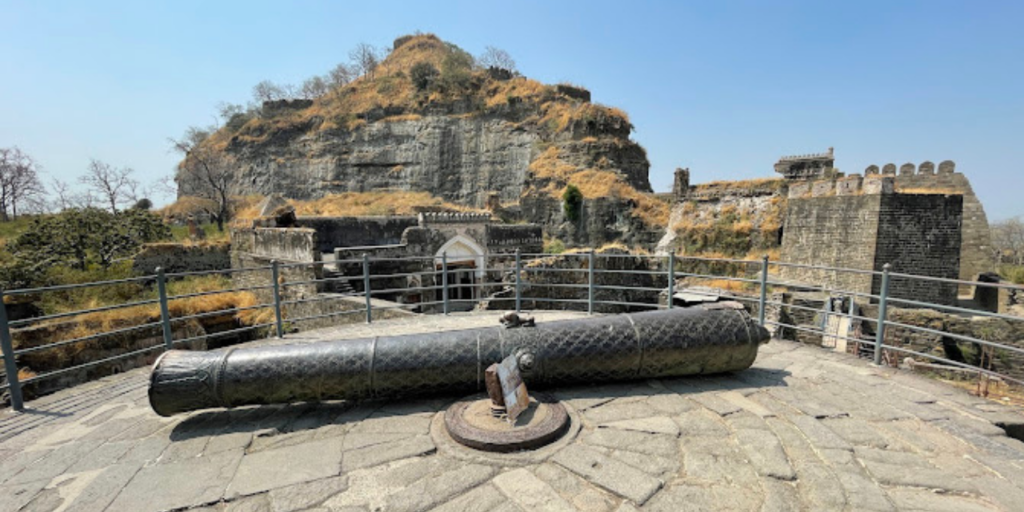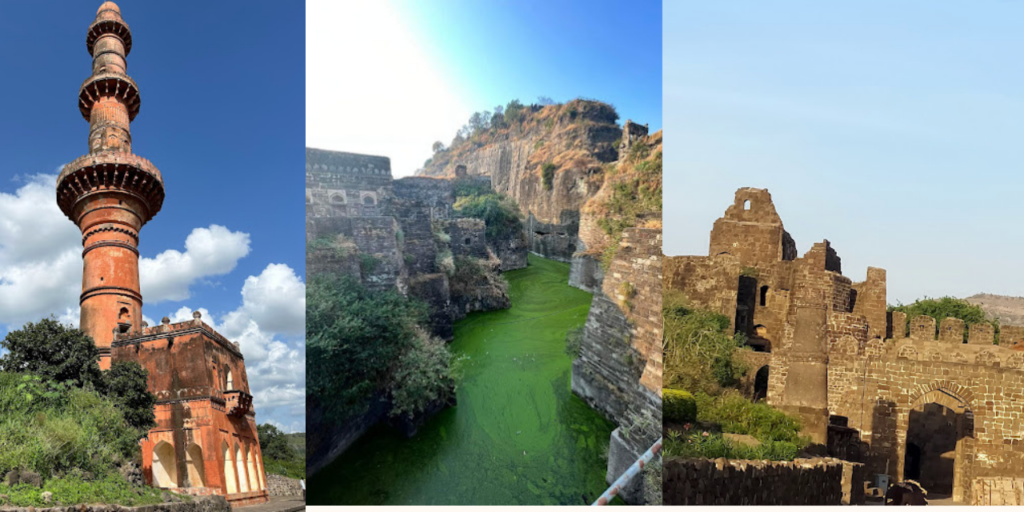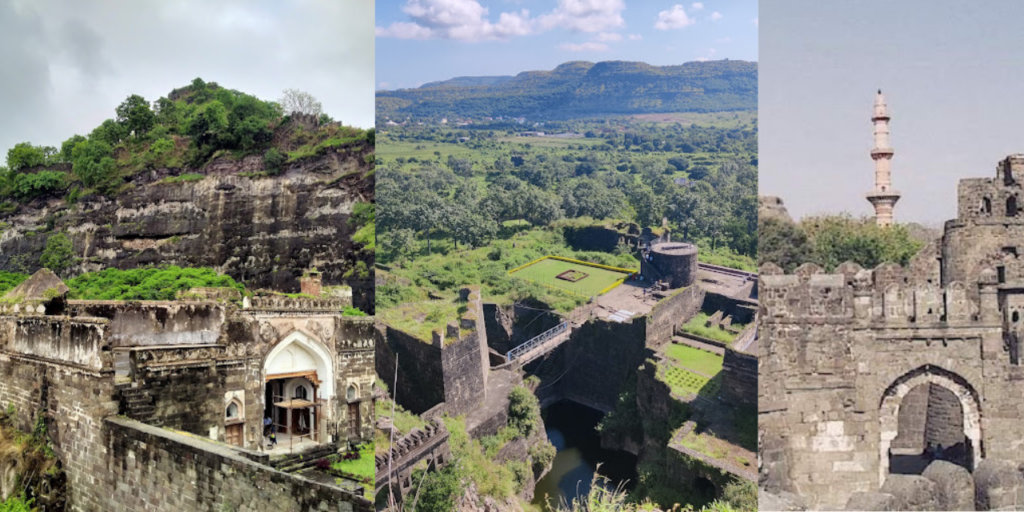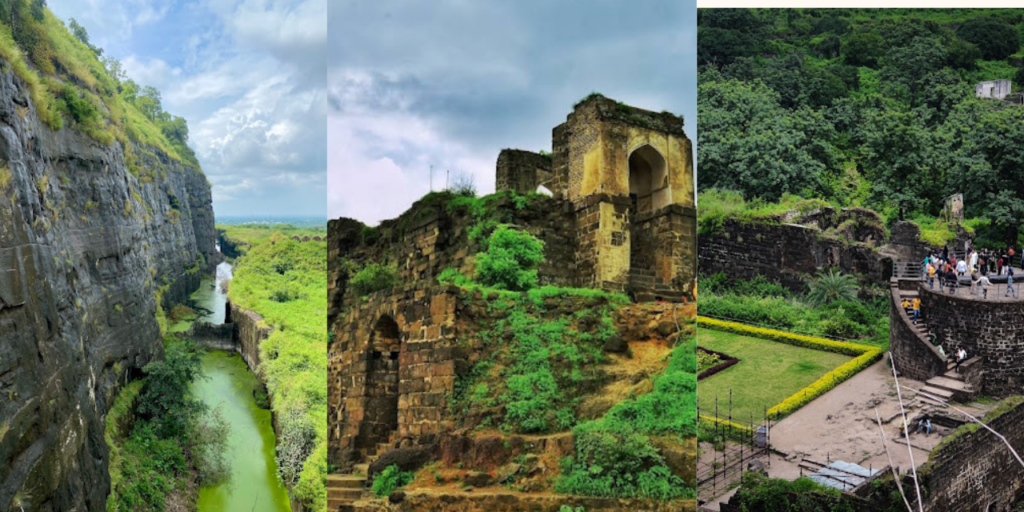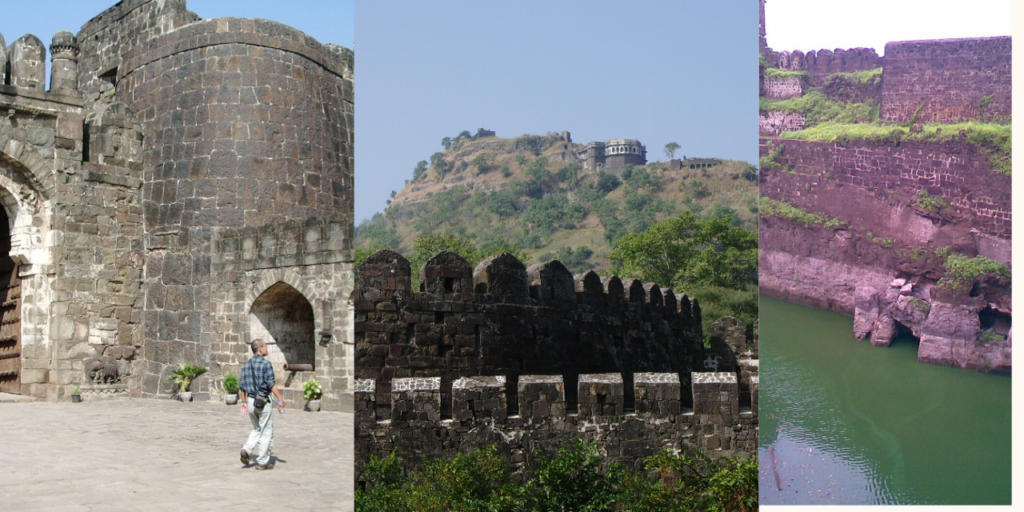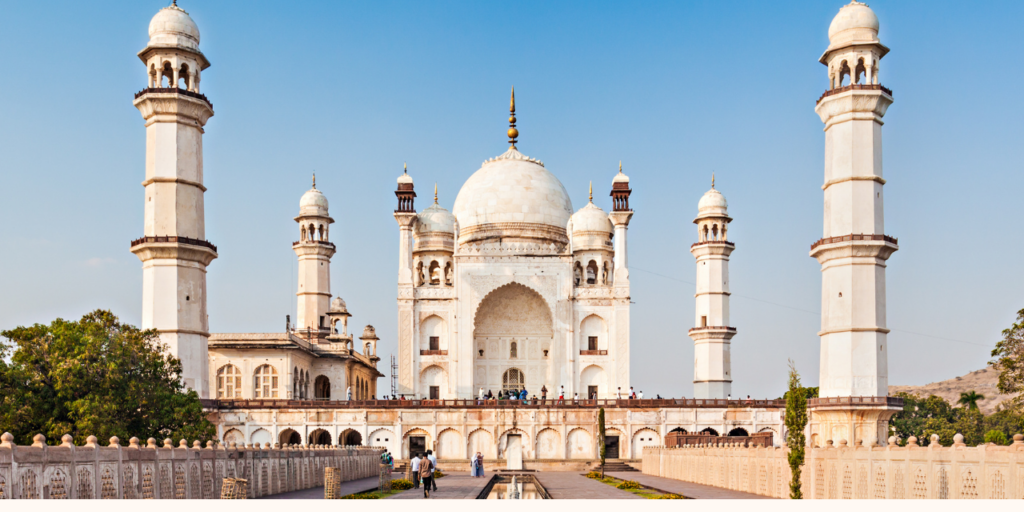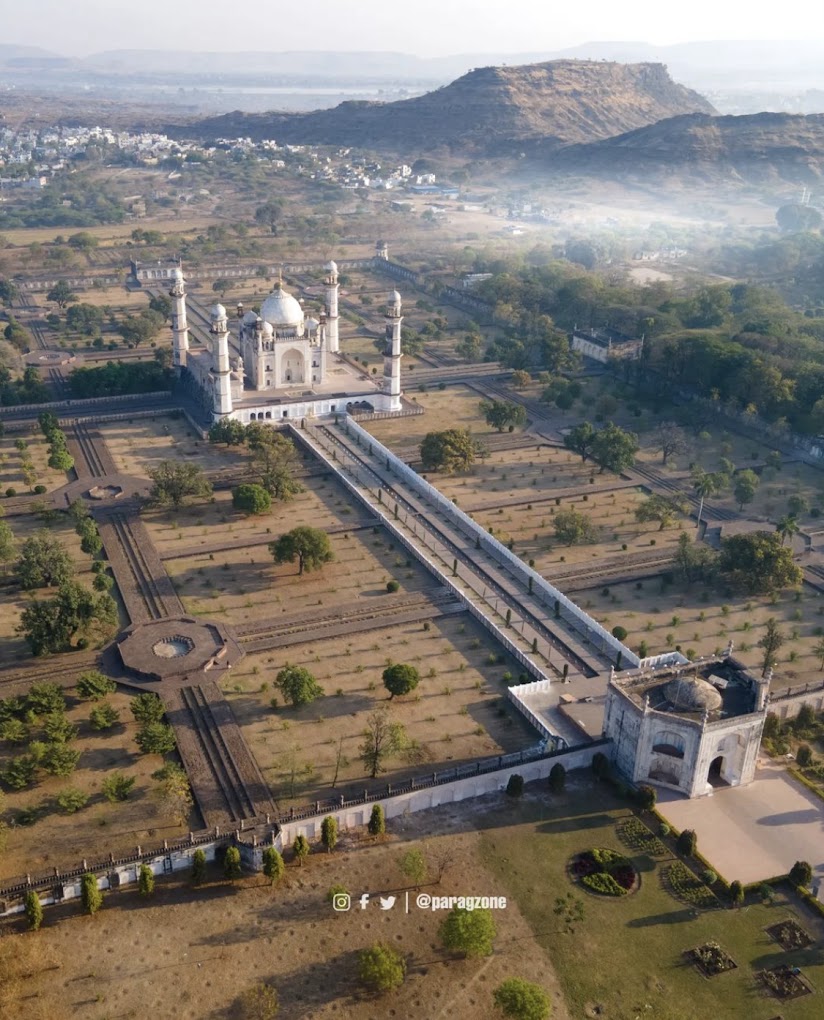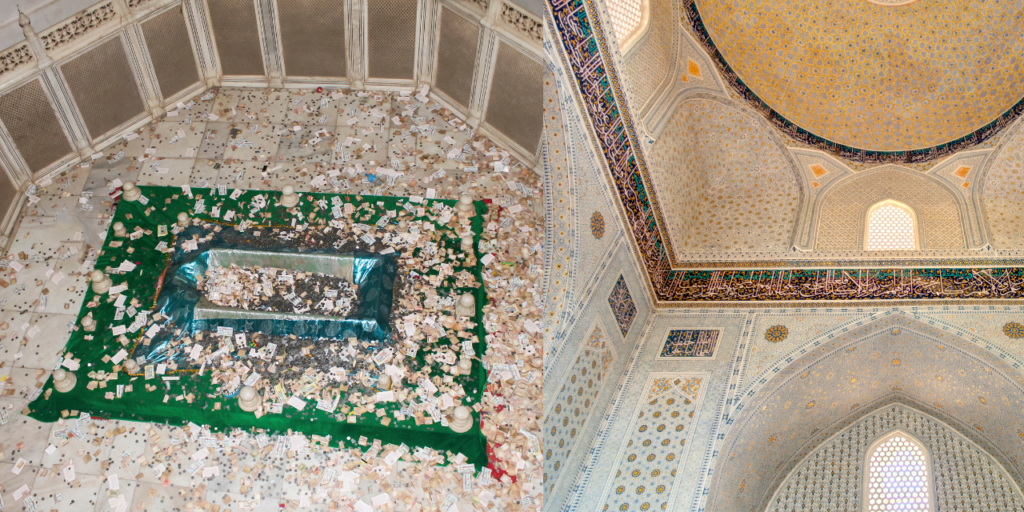Author: Omicron Journeys
harishchandragad trek
Grishneshwar
Alibag Beach
Looking for a quick seaside escape from Mumbai or Pune? Alibag is the answer. Known for its pristine beaches, historic forts, and relaxed coastal vibes, this small town in Maharashtra has quietly become one of India’s most popular weekend getaways.
Alibag (also spelled Alibaug) is a charming coastal town located in the Raigad district of Maharashtra. Just a few hours from Mumbai, it combines beaches, history, and nature in a laid-back setting — making it ideal for solo travelers, couples, and families alike.
Alibag continues to shine with improved ferry services, boutique homestays, and hidden gems waiting to be explored.
Top Places to Visit in Alibag
1. Alibag Beach
The town’s namesake beach, great for sunset walks and horse-cart rides. The black sand gives it a unique look, and the view of Kolaba Fort offshore is iconic.
2. Kolaba Fort
A historic sea fort built by Chhatrapati Shivaji Maharaj. Accessible by foot during low tide, it offers a mix of Maratha history and scenic views.
3. Kihim Beach
Clean and quiet, Kihim is perfect for nature lovers and birdwatchers. The beach is surrounded by coconut palms and quaint cottages.
4. Nagaon Beach
Famous for water sports like banana boat rides, jet skiing, and parasailing. A great spot for thrill-seekers.
5. Murud-Janjira Fort (nearby)
An architectural marvel located on an island off the coast, known for being invincible in battle. A day trip from Alibag is highly recommended.
-
Try local seafood thalis and Kokum sharbat
-
Indulge in water sports at Nagaon or Mandwa
-
Visit Vrindavan Farm for organic farming experiences
-
Relax in eco-friendly homestays and beach resorts
-
Explore the Alibag market for handmade soaps, jams, and souvenirs

Best Beaches in and around Alibag
| Beach Name | Highlights |
|---|---|
| Alibag Beach: | Iconic views, Kolaba Fort access |
| Kihim Beach: | Quiet, scenic, ideal for photography |
| Nagaon Beach: | Water sports, family-friendly |
| Akshi Beach: | Offbeat, birdwatching spot |
| Mandwa Beach: | Close to Mumbai, ferry port, clean shoreline |
Best Time to Visit Alibag
-
October to March: Ideal climate for beach hopping and sightseeing
-
April to June: Warm but less crowded
-
July to September: Monsoon magic, lush greenery, but beaches may be rough

How to Reach Alibag
-
By Ferry: From Gateway of India to Mandwa Jetty (faster & scenic)
-
By Train: Nearest station is Pen (28 km away), connected to the Konkan Railway
-
Where to Stay in Alibag
-
Luxury Resorts: Radisson Blu Resort, U Tropicana
-
Mid-Range Hotels: Outpost @ Alibaug, Elysium Spa Resort
-
Homestays: Bohemian-style villas near Kihim or Varsoli
-
Travel Tips
-
Carry cash for local shops and transport.
-
Avoid walking to Kolaba Fort during high tide.
-
Weekends are busy — book stays and ferry tickets in advance.
-
Support local artisans by buying handmade products.
-
Let Omicron Journeys Private Limited plan your perfect beach escape to Alibag. From curated stays to local guides — we make sure your journey is as refreshing as the sea breeze.
-






















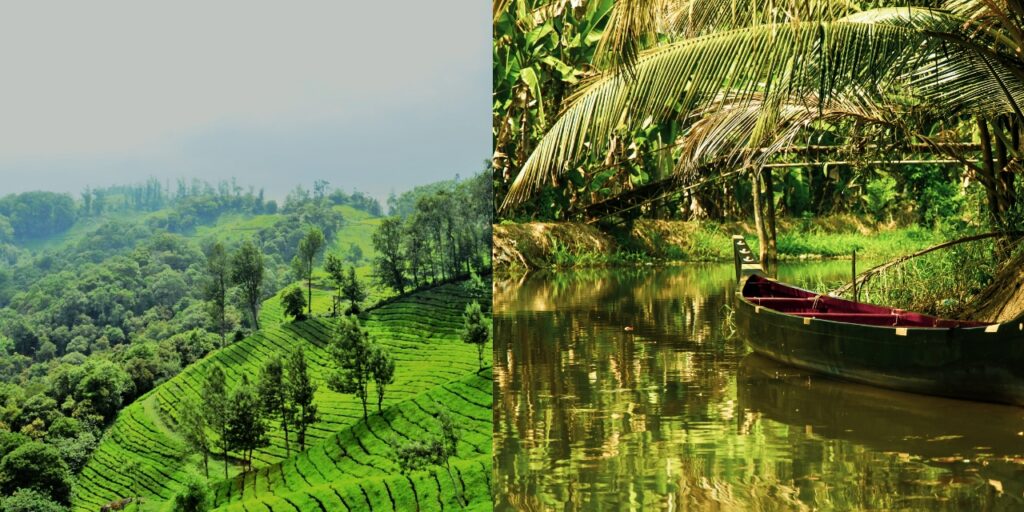
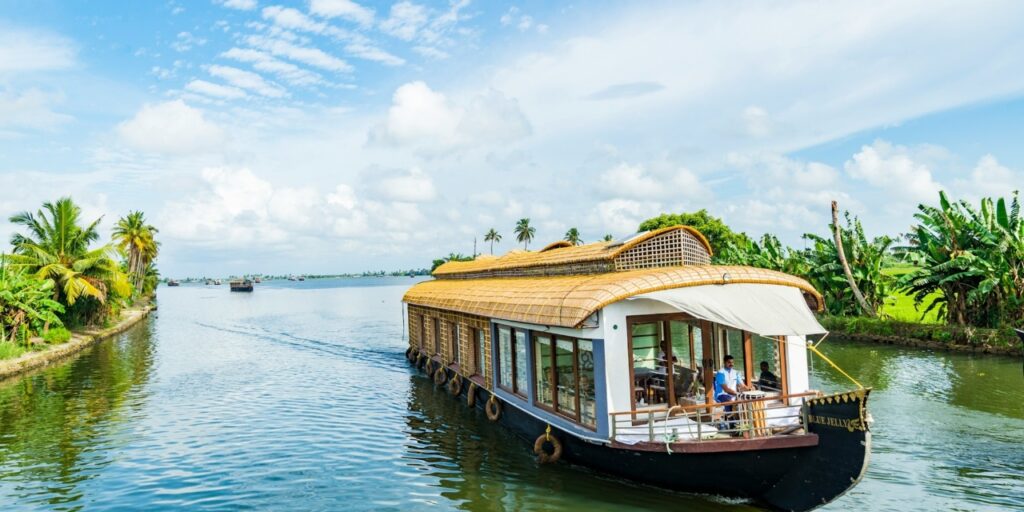




 Start at Ganpatipule for spiritual vibes and stunning beaches
Start at Ganpatipule for spiritual vibes and stunning beaches



